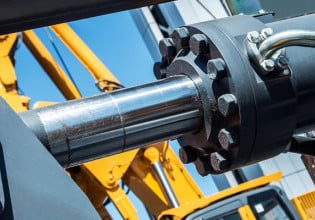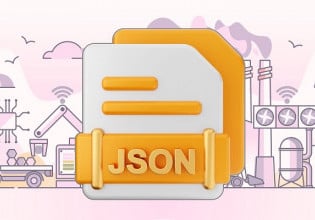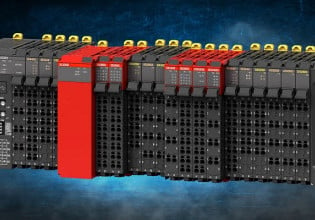New Air Quality Regulations Could Impact Restrictions on Control Equipment and Monitoring Devices
What are emissions restrictions and how could they impact your control systems and monitoring devices?
The U.S. government recently announced an actionable plan to tackle industrial emissions.
For years, industrial facilities have been pushed to become “net zero” by their governing entities. Being a net-zero facility means the factory does not emit any greenhouse gases. With digital transformation and new technology such as lights out manufacturing, many industrial companies are taking steps toward becoming a net-zero facility.
The U.S. Plans to Reduce Industrial Emissions and Greener Manufacturing
The United States plans to tackle greenhouse gas (GHG) emissions, particularly methane. The administration hopes this plan will not only reduce emissions but also increase worker and community safety, cut costs, and promote reshoring.
Entities and companies are working to decrease GHG emissions for a more sustainable future.
Additional Emissions Restrictions on Control Equipment
The South Coast Air Quality Management District (AQMD) is the regulatory agency responsible for improving air quality for many areas in California.
South Coast AQMD’s responsibilities mainly relate to controlling emissions from stationary sources of air pollution, such as power plants, refineries, and consumer products containing solvents that evaporate into the air. For context, roughly 25% of the area's ozone-forming air pollution comes from stationary sources, with the remaining 75% coming from mobile sources, whose emissions are established by state or federal agencies.

Data showcasing the reduction in Ozone pollution between 1976 and 2009. Image used courtesy of South Coast AQMD
To reduce nitrogen oxide (NOx) emissions, South Coast AQMD regularly develops and adopts an Air Quality Management Plan containing rules pertaining to specific types of equipment, industrial processes, and consumer products.
The regulatory agency is now adopting Rule 1109.1, which will apply to petroleum refineries, asphalt plants, biofuel plants, hydrogen production plants, and sulfuric acid plants. The move will reportedly impact 16 facilities and almost 300 pieces of combustion equipment, such as boilers, gas turbines, and vapor incinerators in the area.
Additional regulations provide exemptions for emission increases during startup, shutdown, maintenance events, commissioning, and installing add-on air pollution control equipment needed to meet the required NOx concentration limits.
To continue operation, these facilities will now have to request a permit from South Coast AQMD that limits NOx and carbon monoxide (CO) emissions. This newly adopted rule hopes to reduce NOx pollution by almost eight tons per day.
Emissions Monitoring Ecosystem
Industrial emissions data are constantly monitored to ensure proper emissions. There are many monitoring systems available, and Siemens has developed an ecosystem-based approach to monitoring emissions data.

The Siemens SiGreen ecosystem. Image used courtesy of Siemens
The system, called SiGreen, enables the monitoring of carbon footprint across the supply chain. It utilizes the open Estanium network to create an ecosystem of reliable data.
Siemens customers can use SiGreen to receive quantifiable data and determine their carbon footprint. Instead of using industrial average values, this ecosystem reads real-time data across the value chain to provide the most accurate information.
As the global governments continue to hold net neutrality at the top of their lists, manufacturers and facilities will want to monitor emissions and transform them into sustainable infrastructure.






